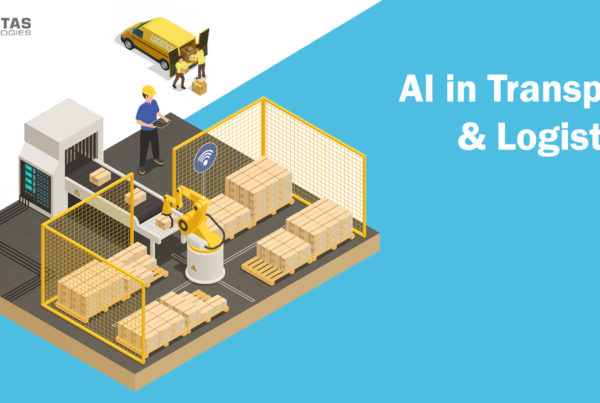
With technology becoming an indispensable part of business operations, several organizations today are investing in automation to streamline their manufacturing processes, create a safe work environment, and boost profitability. Small and medium-sized enterprises (SMEs), in particular, are increasingly adopting automation for their promised gains in process-and-workforce efficiency.
However, most SMEs are still reluctant to invest in automation tools such as robots, as conventional industrial robots are complex, expensive, and require large shop floor space for deployment. Additionally, the payback period for these robots is arduously long, making them unaffordable for SMEs. Here is where cobots shine.
Collaborative robots or cobots are significantly easy to program, inexpensive, and intended to work alongside, interact, and assist humans. This creates a comfortable entry point for introducing automation in SMEs.
Here are some reasons why collaborative robots are critical in introducing automation in SMEs.
Cobots Ease Labour Shortages
Robotics can plug the gap by filling the lower-skilled positions and freeing up employees to do more value-added jobs, they then, in turn, become more productive all-around creating a harmonious and happier workplace.
There is a skill shortage in the industry. However, the more serious matter is that the numbers of potential staff for the roles are just too low now. By implementing cobots, businesses can invest in upskill programs for their employees to boost efficiency and productivity. This is a very simple way of how collaborative labor can solve the labor shortage problem.
Related Article– The Future Of Manufacturing
Accessible And Flexible
As mass customization has over the years become the norm in the manufacturing domain, small and medium-sized enterprises are faced with the challenge of establishing and maintaining systems that offer this flexibility to meet diverse customer needs.
Though specialized industrial robots have proven to significantly boost the productivity of a firm, they are not suitable for SMEs. As an alternative to this, collaborative robots are lightweight and easy to reprogram, thus allowing quick changeovers with minimal setup time and effort. With no fencing required, these robots can be moved around the shop floor on wheels to complete various tasks with flexibility.
Safe Collaboration With Human Workers
Safe interaction between humans and robots is one of the main benefits of collaborative automation. However, it is important to consider that no matter how cobots are designed and marketed, they may not be without risks for every application. For example, a cobot arm that is operating a welding torch or moving heavy objects can still be the cause for injury to employees in the vicinity of the machine. This is why a risk assessment is a must before implementation. All of the elements of the application including the EoAT as well as the workpiece itself and the presence of other robots or equipment in the workspace need to be taken into consideration during this risk assessment.
Also, Read Machine Vision Makes Its Mark On The Automotive Industry
Financial Competitive Advantage
Low upfront costs and fast ROI are some of the most attractive advantages of collaborative automation, especially for SMEs. Because of the tools being such a critical aspect of the success of the application, cobots need to be simple enough to offer quick success even for operators with no previous experience with the machine. These tools need to be robust enough for ongoing productivity in an industrial environment running 24/7.
Collaborative automation usually pays for itself within months. Moreover, a line of collaborative tools can continue to build ROI over time. Initially, a manufactured can start out with a simple automation process and once workers are comfortable and ROI has been proven, the company can invest in more tools to facilitate greater productivity.
For instance, productivity can be significantly increased over time by a change from a single gripper to a dual-finger gripper, which maximizes cycle time but is as simple to use and program as a single gripper and requires no additional re-engineering. Similarly, implementing a quick changer can completely eliminate downtime between process changes boosting productivity by a large margin.
Also, Read 7 APPLICATIONS OF MACHINE VISION
Cost Effective
The selling price for cobots is much lower compared to the traditional industrial robots costing upwards of $80,000. Since these new-generation cobots are not very expensive, SMEs can easily invest in them to gain access to automation and boost their productivity and efficiency.
Once a firm invests in a robot gripper or a robotic arm, no other application-specific engineering or investment is required. The machinist merely needs to plug in and program the device to start operation as and when required.
Conclusion
Solving a crisis of labour requires a reinvention of work and the workplace that uses bold changes in technology. In addition to cutting costs and streamlining production, leveraging collaborative automation has the opportunity to improve the experience of work in manufacturing and enhance value for customers. The human-machine pairing that cobots enable is the critical step toward delivering these values.
Register For Our Upcoming Free Webinar






Your article helped me a lot, is there any more related content? Thanks! https://accounts.binance.com/fr/register-person?ref=WTOZ531Y